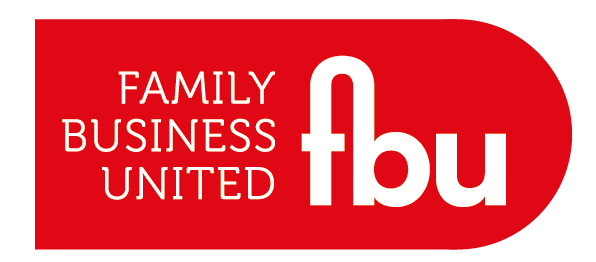Have You Considered A Family Investment Company (‘FIC’)?
- Paul Andrews - Founder & CEO, Family Business United

- Apr 4, 2023
- 3 min read

A FIC is an investment vehicle with the main benefit being the ability to pass on wealth to the next generation whilst retaining some control. In this article, Rafael Ruiz of Birketts explains more about the investment vehicle and some of the rules around them.
The starting point is forming a company with bespoke Articles of Association and a Shareholders’ Agreement. Generally, the directors are the parents and the shareholders are adult children. Day to day management, investment and dividend decisions sit with the directors. Although shareholders appoint directors, it is possible to retain control by creating different classes of shares with non-voting shares for the children. Different classes of shares can also provide flexibility around dividend payments.
The FIC is structured to fit the needs and objectives of the family. A long term plan should be agreed at the start, often with the intention for the children to eventually take over the business and become directors.
A FIC is similar to a trust in that it is possible to separate beneficial ownership and control. Unlike a trust, however, a FIC has no limitations on its lifespan and it can be easier to understand as more of us are familiar with how a company works. However, FICs and Trusts are not mutually exclusive as a family trust might be a shareholder of the FIC, to hold shares for grandchildren. A trust can provide an extra layer of control through trustees.
Articles And Shareholders’ Agreement
The Articles set out the rules of the company and are a publicly available document, whilst a Shareholders’ Agreement is a private agreement between the shareholders and the company. Amongst other things, it is possible to place restrictions on the transfer of shares, to keep ownership within the family.
Tax Treatment Of FICs
A FIC can be funded by share subscription, sale of assets or a loan, and there are likely to be tax implications.
Income and gains can be accumulated tax efficiently within a FIC and it is possible to direct dividends to lower rate taxpayers.
Profits are subject to corporation tax (not IHT and CGT which is the case with a trust), which normally presents a saving, although CGT has to be considered on the transfer of assets into the FIC. Even with increased corporation tax rates, FICs can still be tax efficient.
Are There Any Limitations?
Although the structure of a FIC can be easy to grasp, tax, applicable legislation and administration can be complex.
There is potentially a double taxation of income if the profits are subject to corporation tax and then profits are distributed to shareholders and then subject to income tax in their hands. There are also normally tax consequences of extracting assets and winding up a FIC. For these reasons, FICs should be a long-term project.
However, FICs remain a good planning tool, provided they are set up as a genuine investment vehicle.
Birketts have experience of establishing FIC’s and preparing bespoke Articles and Shareholders Agreements to meet specific family requirements and scenarios. They can also provide advice on the tax implications of the FIC. Please contact them directly so that they can advise as to whether a FIC is right for you.
DISCLAIMER – Please note that the content of this article is for general information only. It is not, and should not be taken as, legal advice. If you require any further information in relation to this article please contact Birketts in the first instance. Law covered as at January 2023.








%20copy%20(4)%20copy%20(1)%20copy%20copy%20(1)%20copy%20(1)-Medium-Quality.jpg)



.png)
























